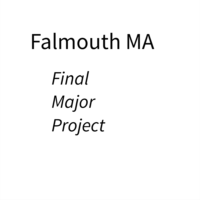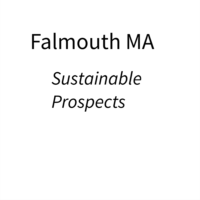I have interpreted this activity to push the photographic boundaries of my practice exploring allowing me as photographer to understand if my methods constrain my practice or do I push what is possible with the methods that I use. To test this approach I applied an additional constraint on this activity is that I should not use any of my current methods. This was a challenge on it’s own as my practice encourages experimentation when selecting the relevant methods to transform my narrative into a physical result. The other reason for this decision is that in the past I have used techniques such as disconnecting the lens from the camera body to create more abstract images that could be considered along side the work of Uta Barth who’s images challenge our understanding of what is a photograph.
Therefore I started the activity by compiling a list of methods and apparatus used within my practice in the last 24 month to exclude from the methods I would consider for use within this activity.
Methods and Apparatus excluded:
- Digital cameras
- iPhone
- GoPro
- Drone
- negative and positive Film
- Instant Film
- Video frame grabs
This gave me a shortlist of three potential processes to consider
- Direct Scanning of objects
- Wet Plate processing
- Pinhole
- Cyanotype
I considered each of the shortlisted methods to before selecting the one that I would use for this activity. Wet Plate processing excluded because I have yet to finish building my large format camera that will allow me to better understand this historical process. Pinhole was discounted due to a lack of time to create a pinhole lens for either my digital or film cameras. In the case of cyanotype I did order the material to create cyanotype direct contact images but other commitments with work meant I was unable to find suitable time to develop some cyanotype images. I decided that given all the different factors direct scanning of objects would fit best within my current commitments for the week especially as I had access to Mult-function Devices at work that would allow me to scan the found objects.
My approach was to place found objects collected during my recent coastal on the scanner to create an image. The unique aspect of this approach is that scanners have a very shallow depth of field with only the elements of object in contact with the scan bed are one the same plane of focus. The rest of the image would be rendered out of focus.
I did consider further experiementation such as suspending the whole object above the scanbed to create an image where no element on the subject would be in focus.
I scanned the following 5 items:
- Oyster Shell
- Flat stone
- Driftwood
- Piece of rope
- Broken piece of plant from the mudflats
The approach for me created some interesting images where only the points in contact with the scanbed were in focus due to the shallow depth of field of a scanner. Another interesting outcome was the fact that each object was captured without context to its environment. Yet when the 5 images where exhibited as a series they created context for each other that allowed the reader to create context for one object for the 4 other images in the series.



